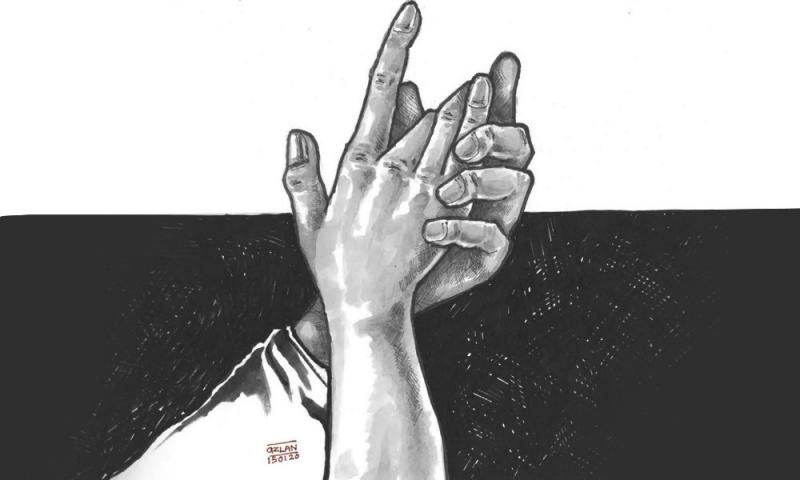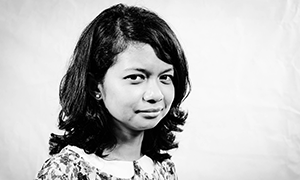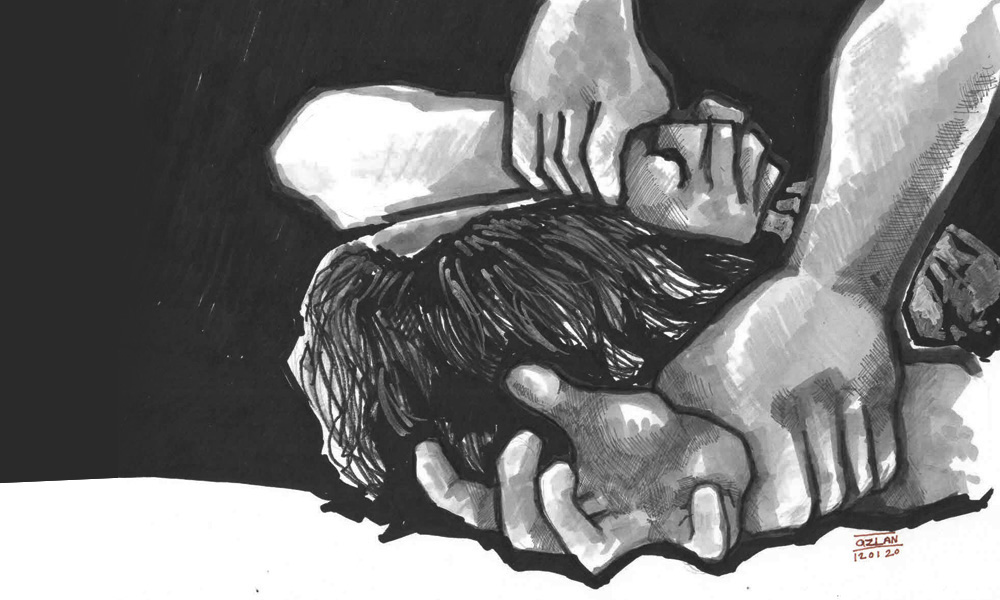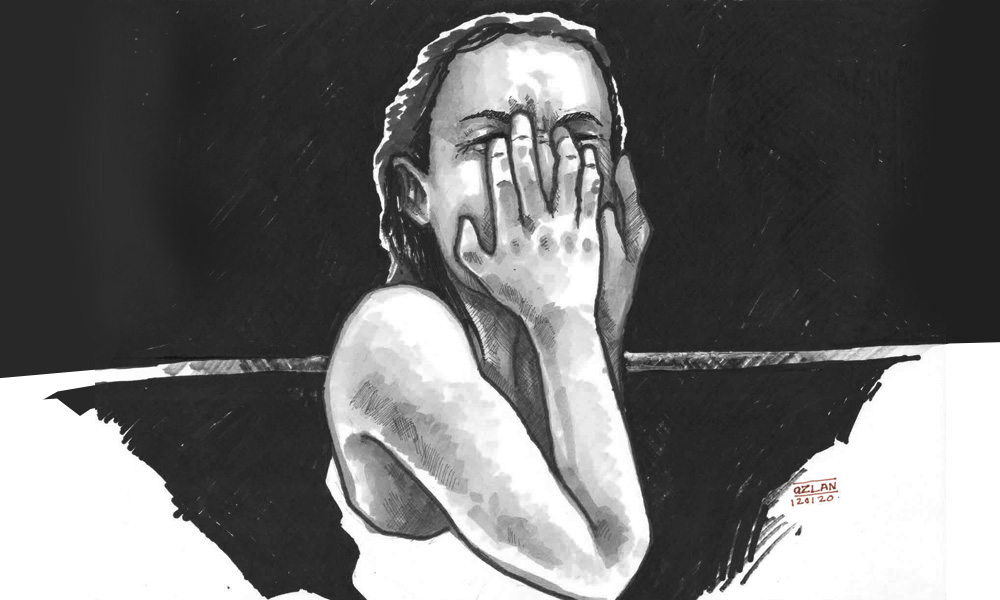How ‘teacher worship’ in dance could lead to sexual assaults
SPECIAL REPORT | When Ming Pang learnt that an instructor of a dance studio in Kuala Lumpur was arrested after rape reports, she knew she had to do something.
The founder of the Klang Valley Swing dance scene, Pang knew that some of the dancers in her scene were also taking classes at that studio.
And she also knew that the studio - which specialises in a dance that is not part of the Swing scene - did not tell its students one of its instructors was reported for raping and sexually assaulting his students.
It was all very familiar. A few years ago, she said, the international Swing dance community was rocked by a scandal where top instructors were exposed as sexual predators.
“We had a look at ourselves to see how it was possible that these very high profile people were able to get away with this for so long.
“A lot of it was the culture of that the scene had created. This idol worship. These dance teachers are nobody outside but within the scene, they have a lot of power.
“If you’re the founder of the scene, you have a lot of power to choose who you favour. To what end, it is up to you. There is no regulation,” she said.
Now facing a similar scandal at home, Pang and her colleagues in the Swing dance community agreed that it was now up to them to ensure their dancers were safe.
And the best way to do that, she said, was to make sure they knew their rights.
Prolonged holds and inappropriate touches
Soon after the instructor was arrested last August, the Swing dance community held a safety talk, to inform the dancers of the arrest and to educate dancers on what was acceptable behaviour during a dance.
Pang said boundaries can seem very blurred to newcomers, and it is in this grey zone that the predators prey.
“There are confirmed black zones like rape but there are grey areas like sexist content in class and when dancing, there are holds that are too close or too long, or unwanted touches.
“A lot of times, people in positions of power can explain that away (as part of the dance) to newcomers who don’t know better,” she said.
Some dancers who took lessons from the affected studio where the alleged perpetrator taught told Malaysiakini there had been complaints about inappropriate behaviour and prolonged holds before, involving other senior dancers or instructors.
One senior male dancer was accused of holding female newcomers too close and would grind his body into the female dancers in ways which made them feel uncomfortable.
“When I complained, the teachers’ reactions were, ‘Well, what if he was (another good looking dancer)? Would you complain?’
“But I am an adult. It is not about whether he is good looking or not. I know what is an inappropriate touch and what isn’t,” one dancer shared on condition of anonymity.
She said one of the instructors had a reputation of trying to kiss his students during social dance outside the classroom, but this was largely seen by members as annoying but harmless, she said.
When contacted, the instructor denied this and said he did not have to respond on matters involving his personal life.
The perception of these behaviours changed completely after the incident in July where at least three dancers were allegedly raped by the studio principal, according to the women’s police reports.
The studio principal was also accused of raping his students in a separate incident in 2017, but police have cleared him of this accusation, concluding the sex was consensual.
The 2019 rape accusations are still under investigations, and the studio principal is on police bail after he was remanded for seven days in August. He did not respond to Malaysiakini’s request for a response.
Training to say no
Pang said she knows that convictions for sexual assault cases are very low, and this is why she hopes she can help stop them from happening.
“The best way is to have an educated scene and to train teachers to teach in non-gendered ways, and to train teachers on what is not considered acceptable,” she said.
“Part of our training is about consent, that consent must be given enthusiastically and that someone cannot give consent if they are drunk or inhibited in any way.
“Class students are told they don’t need to dance with anyone (if they don’t want to). If you don’t want to, they can say no without an explanation. No is a complete sentence,” she said.
This was part of a cultural shift. Some years ago, she said, it was considered polite to accept offers to dance even when one does not feel comfortable with it. These days, she said Swing students practice saying no.
“We have an Asian culture of being compliant and nice and we have very poor sex education. People are not as assertive about their body and the fact that they have every right to control who touches them,” she said.
The Swing dance scene has also put in place a system where dancers who feel they have been violated or witness inappropriate behaviour could raise it with the appointed safety officer of their particular Swing dance.
“Women in dance have been battling this. Better that they are aware, educated and know where to find help when they need to rather than have violence perpetrated against them,” she said.
Peer pressure to fit in
Peer pressure in the dance scene to join in and go along with things they feel uncomfortable with was raised several times in separate interviews Malaysiakini conducted with four of the women who said they were molested or raped by their instructor.
One dancer said in the scene it was deemed rude to reject an offer to dance because it was expected for dancers to be welcoming to newcomers. But this culture pervades off the dance floor.
One of the witnesses of the 2019 assault told Malaysiakini she did not do anything to stop the assaults because she was not sure if she was the only one who felt uncomfortable.
“If the other girls (who said they were raped) had told me they were okay with it, I would just close one eye (to the assault) and not reported it.”
One of the women who said she was raped said she had felt “shocked” by what was happening even before the assaults took place, but did not leave because she “did not want to be the abnormal one”.
In the 2017 incident, one of the survivors said she pretended that everyone had consented to the sexual relations so as to not embarrass the other women.
She only learnt two years later that the other women were too inebriated to consent, but were told by the instructor they were willing partners.
One of them told police she believed she was raped, but the case was closed. Police concluded it was consensual because she continued to have cordial relations with the alleged perpetrator.
Shockwaves in a close-knit community
The news of the 2017 and 2019 incidents sent shockwaves in the studio’s close-knit community of dancers.
One dancer who had been in the scene for three years said he was shocked when he first heard. To many of them, he said, the alleged perpetrator was like a brother.
The alleged perpetrator often organised parties involving the dancers where he also invited his mother, wife and two children, and the group would organise sleepovers during holidays.
At all the parties, he said, the activities were “healthy”.
“Perhaps because I am a man, I was not aware of the predatory behaviour against the women dancers. I was never invited to any of the private parties (where the assaults allegedly took place),” he told Malaysiakini in an interview, on condition of anonymity.
Soon after the instructor was arrested, two witnesses of the 2019 sexual assaults called for a meeting with senior members of the scene to tell them what happened.
“I remember people were totally shocked. Some people were sobbing,” he said, of the meeting that took place in August.
Some of them asked why the survivors didn’t resist the alleged perpetrator or push him away while one of the instructors said she knew about his tendencies.
'She also said she was always able to reject him and did not understand why the survivors could not do the same,' he added.
Even so, he felt there was collective acceptance that this had happened and that it needed to be addressed.
Two months later, however, it seemed that the incident was swept under the carpet and junior dancers were not informed. They were just told that the instructor was away for a while because he was ill.
“I also heard from the survivors there was pressure for them to retract their police reports,” he said. One of them did retract, feeling pity for the instructor’s mother who begged her to.
Angered by the treatment towards the survivors, the male dancer wrote about what happened on Facebook, urging the community to prioritise safety.
It sparked a storm within the community and some of the instructor's supporters attacked the male dancer for seemingly spreading unproven allegations, which could hurt the instructor’s children.
The exchange prompted him to take a break from dance. All he wanted was for the scene to put in place safety measures, like what the Swing dance community had done, he said.
Before this, he added, dancers could only report anything they felt uneasy about to the studio principal, and now that the principal is the alleged perpetrator, what happens next?
“I just hope the truth will come out and justice will be served. I also hope the scene will heal and safeguards will be in place.”
YESTERDAY: Dance instructor accused of raping students
TOMORROW: Why some don’t fight back and maintain relations with their rapists
RM12.50 / month
- Unlimited access to award-winning journalism
- Comment and share your opinions on all our articles
- Gift interesting stories to your friends
- Tax deductable

 Aidila Razak
Aidila Razak

